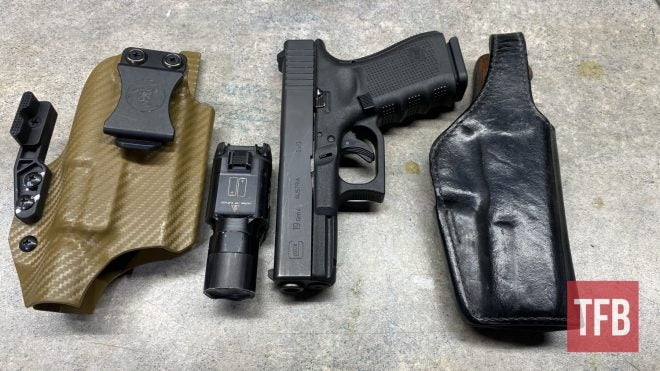Whether it’s because of the latest scare with COVID or the instability of society, there has been an explosion in new gun owners and individuals conceal carrying in public. I can’t tell you how many times I get questions on a weekly basis about different topics so I’ve decided to put them all together and talk through each one. I get a wide variety of questions but here’s a list of the most common ones I get when it comes to carrying concealed. Let’s dive into the concealed carry basics.
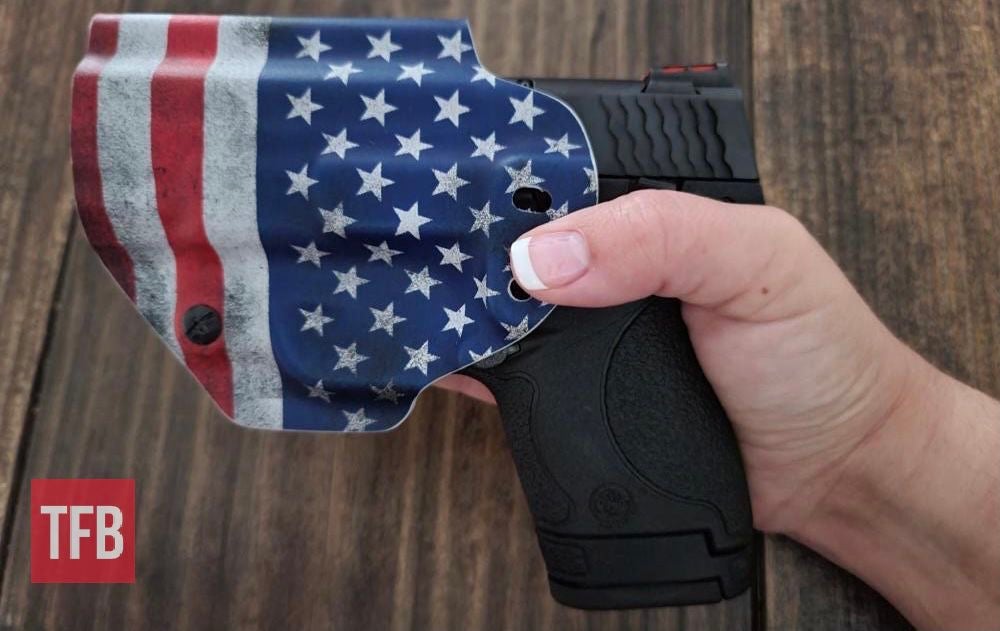
Question 1: What’s the Best Holster To Carry With?
I can’t tell you how many times this has been asked over the last few months. Typically people think leather or cloth holsters are the best because that’s what is most commonly found in big box stores. Now I will admit, leather holsters can be fantastic once they are broken in and still remain stiff to protect the trigger guard. The biggest issue with leather holsters is the extended break-in period when you first get one. Once they are broken in, a good leather holster will last but after a while, they become floppy and can cause negligent discharges.
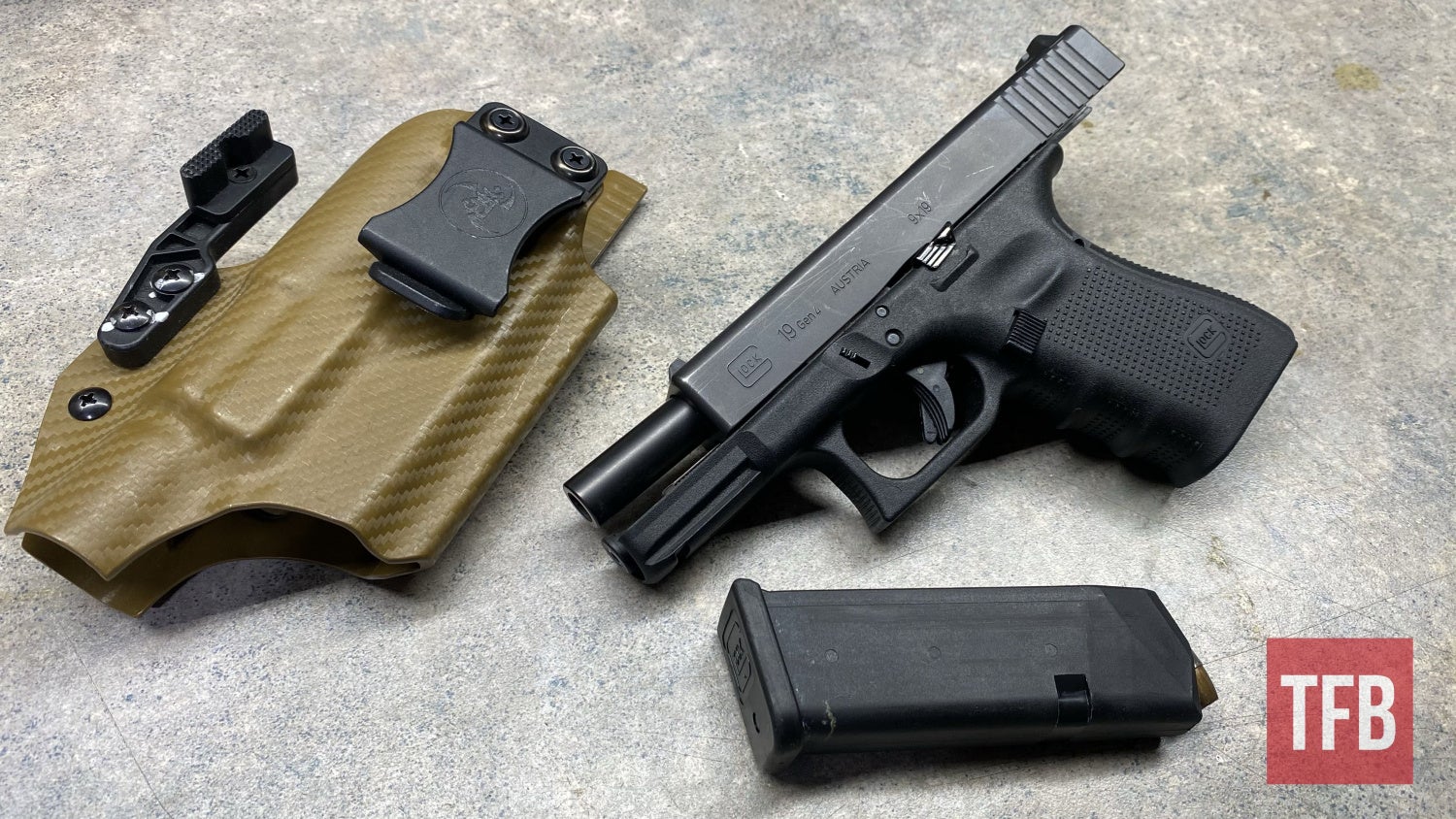
For me, the best holster has to be a well-built Kydex holster. It offers more rigidity than a traditional leather or cloth holster while being extremely comfortable over a long day. Kydex holsters don’t wear out like other holsters and they keep their form way longer than the other style holsters. There are a number of great Kydex holster manufacturers that can create a truly unique holster. Whether it’s light-bearing or has a compact red dot on top, there are a number of companies that can make you whatever you need.
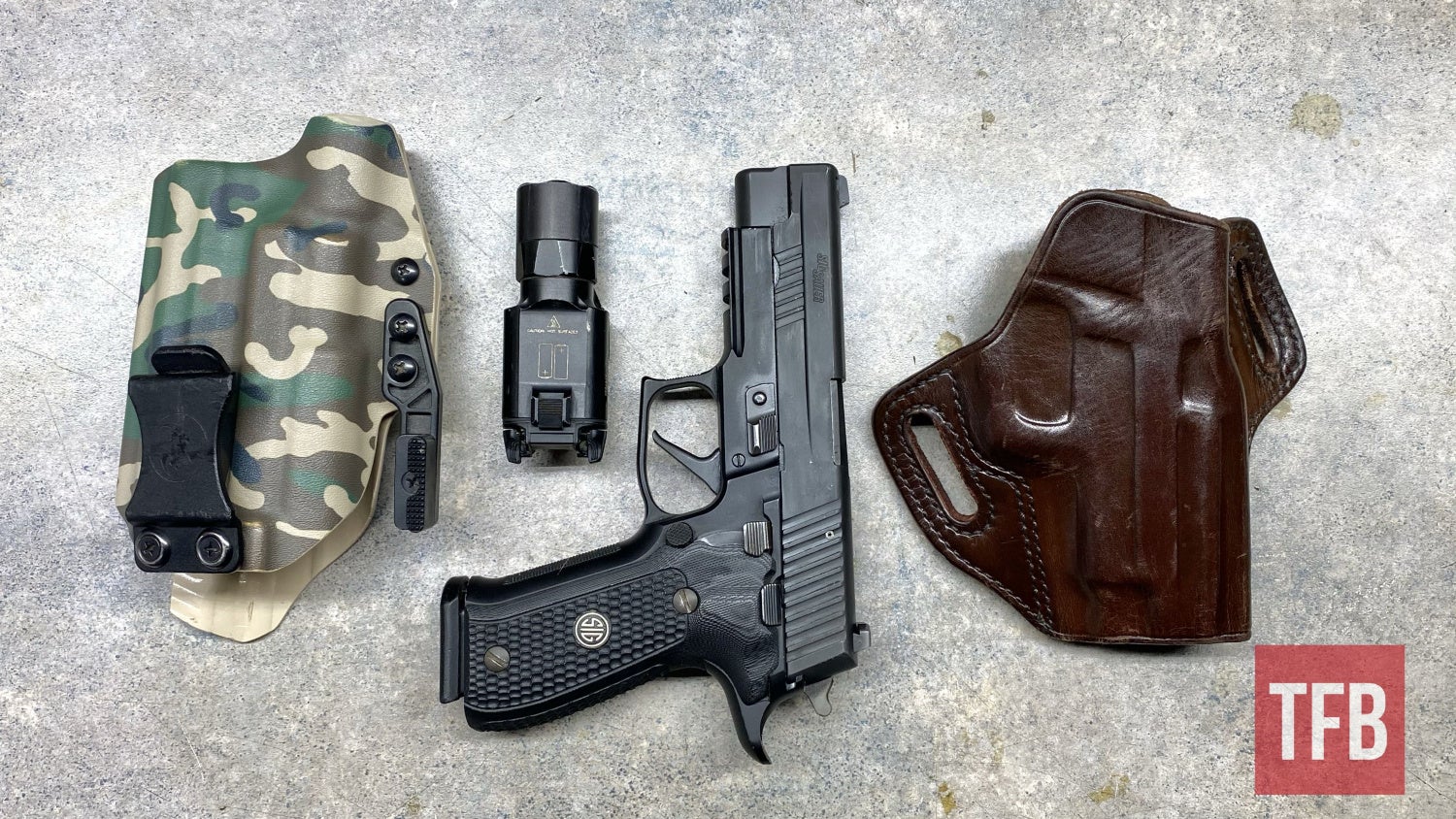
Question 2: Does a Claw Feature Really Help Conceal?
I get a number of questions about having a claw attached to the holster and how well it helps conceal a larger firearm. Over the years, I have become a big fan of attaching a claw onto my holsters made for larger framed handguns. The purpose of a claw is to push your waistband out which will eliminate most of the printing that will happen with a larger handgun. This will also work the same way with smaller framed guns in the summertime when there isn’t a ton of concealment available.
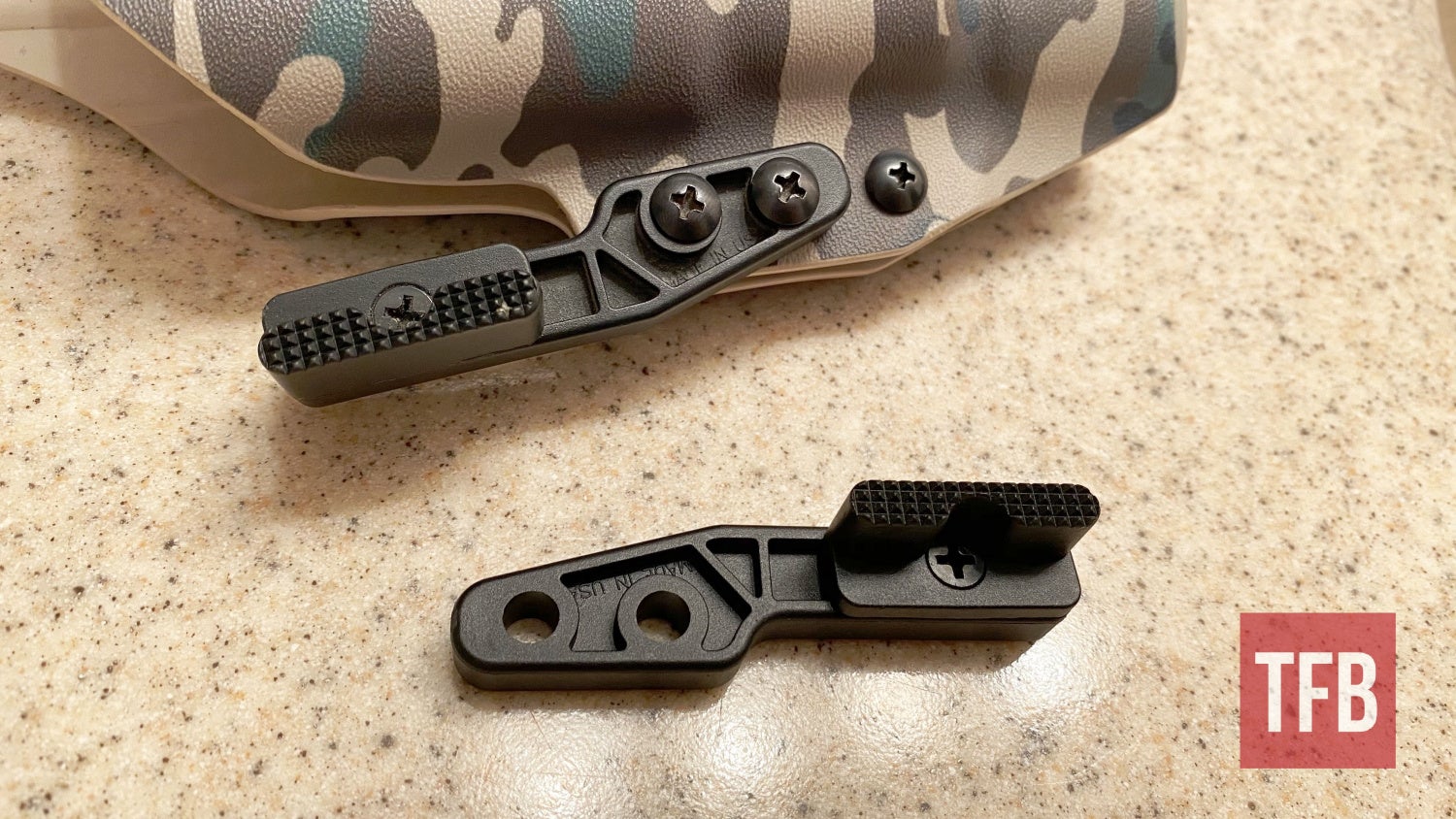
Some may say the claw does add a little bulk to your holster but overall is well worth it when it boils down to concealability. Having a small tool that can aid the overall ease of use when carrying a firearm is a great option. Kydex holsters have been around long enough that companies have developed accessories to help aid in both concealability and comfort.
Question 3: What Is The Best Ammo To Use?
Questions about ammo are oftentimes tough to answer because it really does come down to personal preference. I have my own set of preferences that I built over my time shooting and that’s typically what I tend to stick with. For self-defense ammo, I really like the 124gr +P HST rounds from Federal as my go to carry ammo. A great alternative that’s typically a bit cheaper is the SIG Sauer V-Crown 124 gr +P. I’ve tested both rounds in ballistic gel and they performed very similar in terms of penetration and energy transfer. Now the best thing to keep in mind when thinking about defense ammo is to keep it consistent with what you practice with.
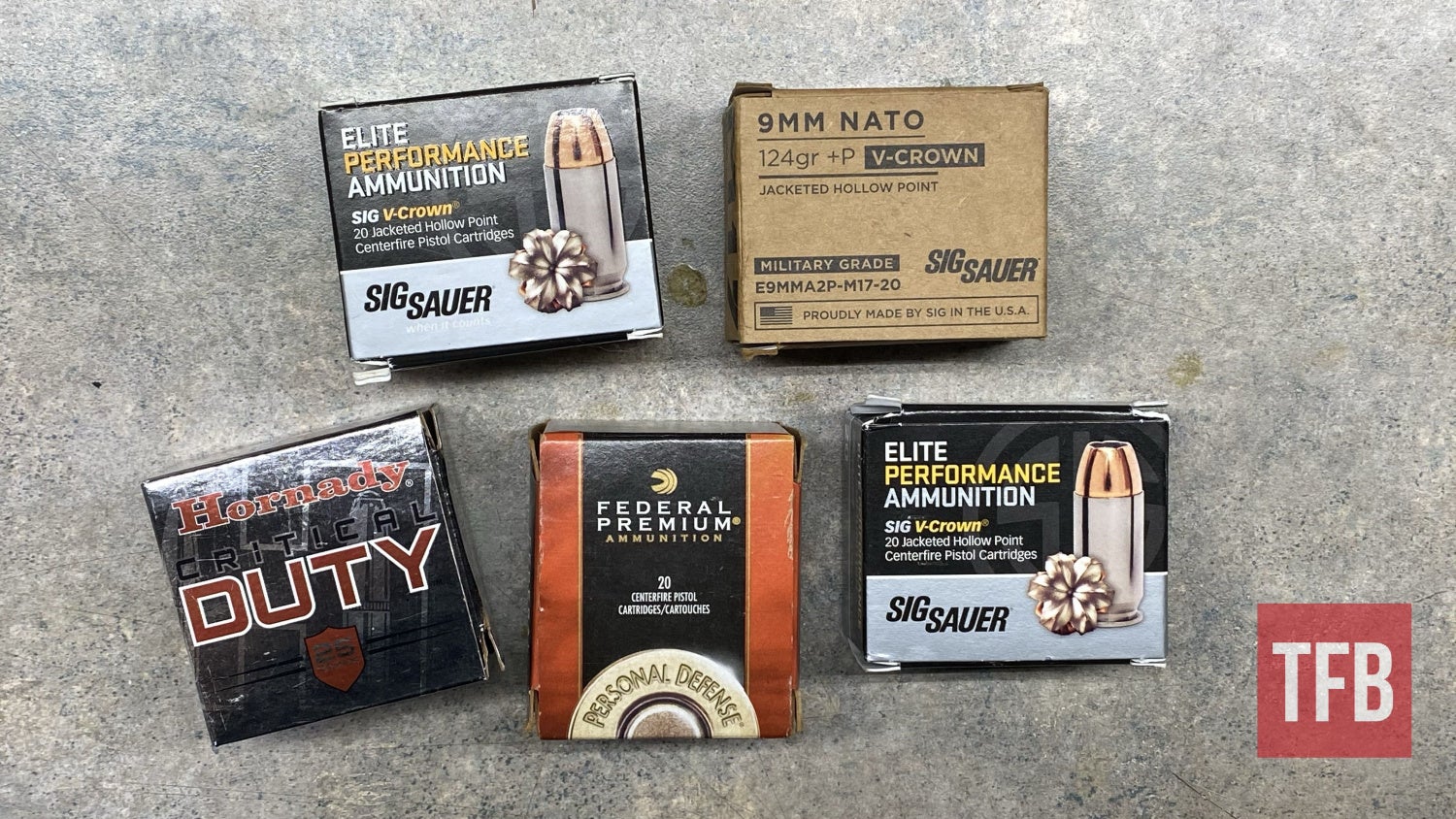
I have met a ton of people who shoot 115gr and 147gr ammo but carry 124gr and the different bullet weights all have slightly different recoil impulses. The biggest thing to keep in mind when training and picking self-defense ammo is to try and keep them as consistent as possible. I know this may not always be possible but keeping your training ammo and self-defense ammo the same weight will help you train effectively.
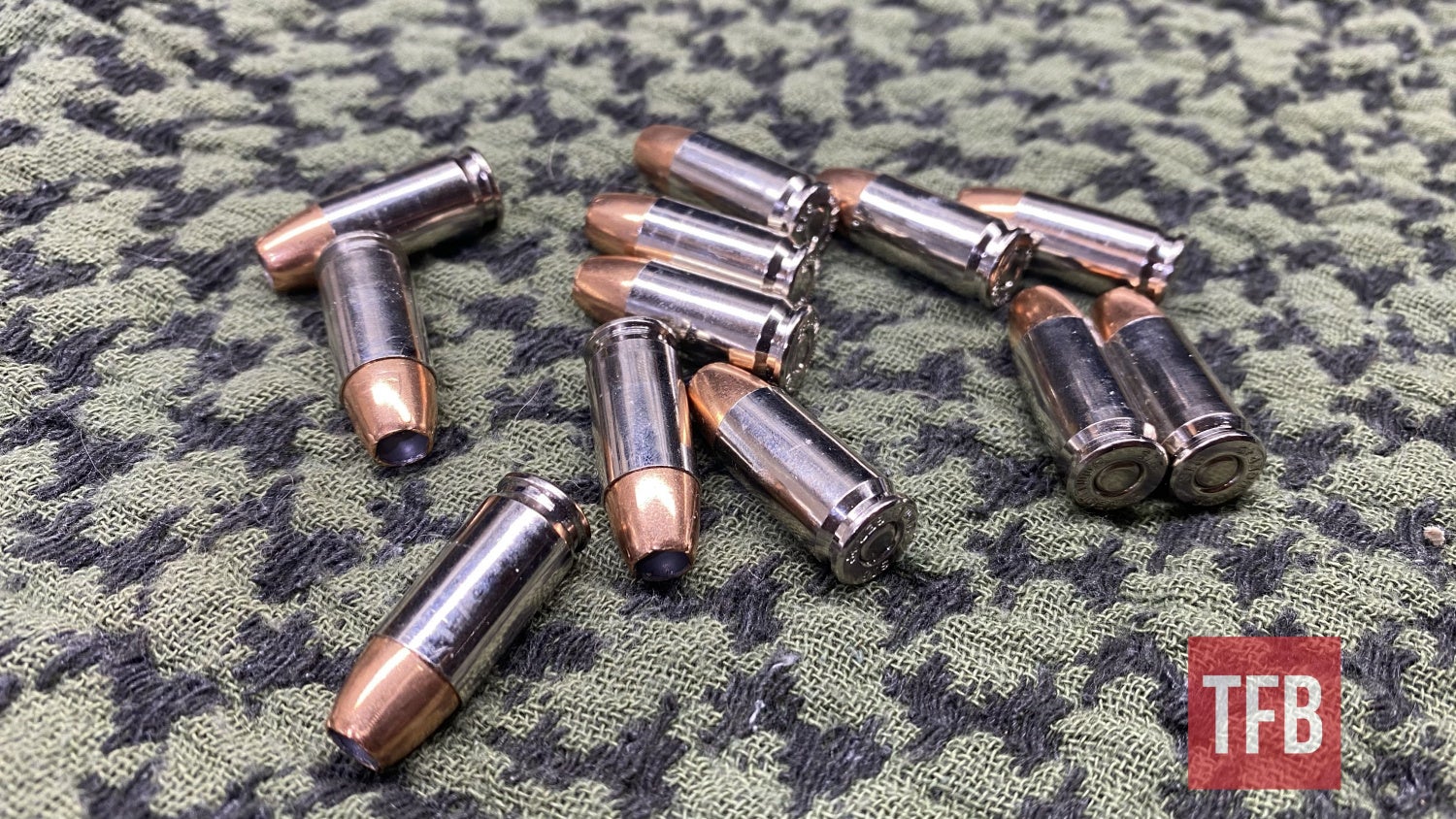
Bullet weight is probably one of the most important things to keep in mind when it comes to picking out. Oftentimes, people will get caught up in manufacturers and brands, but sticking to the major brands is usually a safe bet. Personally, I prefer Federal over the other companies but most major companies are a safe bet in terms of reliability. It’s always a good idea to just check out the ballistics charts and make sure the bullet performance matches what you’re looking for in a self-defense round.
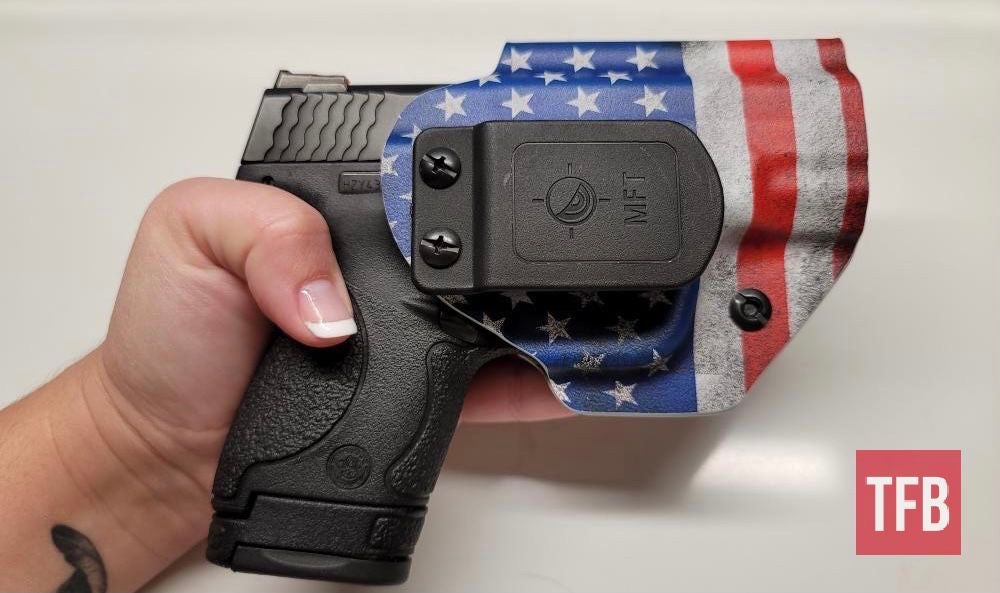
Overall Thoughts
Starting out in the world of carrying. a concealed firearm can have a steep learning curve. There will be struggles and lessons learned over time so it’s important to keep a positive attitude and keep an open mind. Let me know what your biggest learning curves were when you first started in the comments below. I left out the biggest question about finding what handgun is best for you because that’s a topic I’ve covered a few times and wanted to get away from the most obvious questions. If you guys have more questions on carrying concealed or just in general, don’t hesitate to reach out to me on Instagram @fridgeoperator. Stay safe out there.
TFB’s Concealed Carry Corner is brought to you by GLOCK
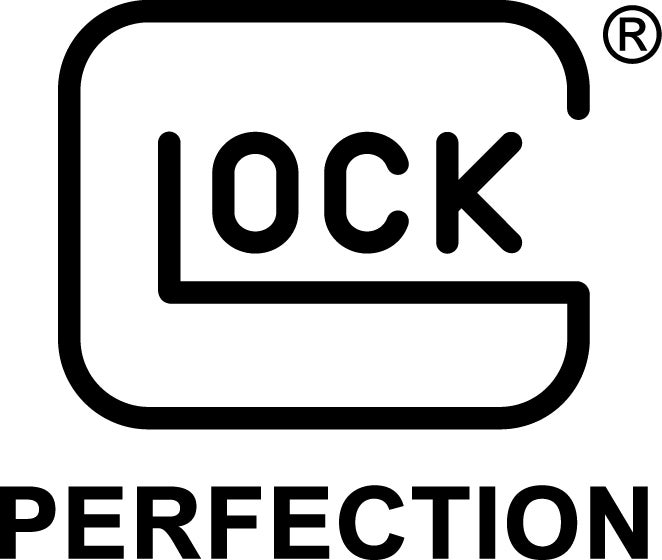
 Your Privacy Choices
Your Privacy Choices
